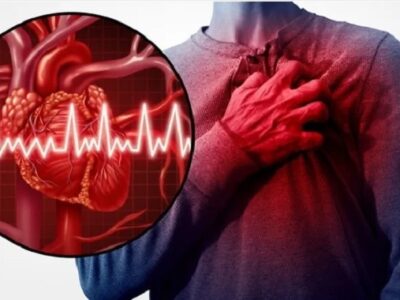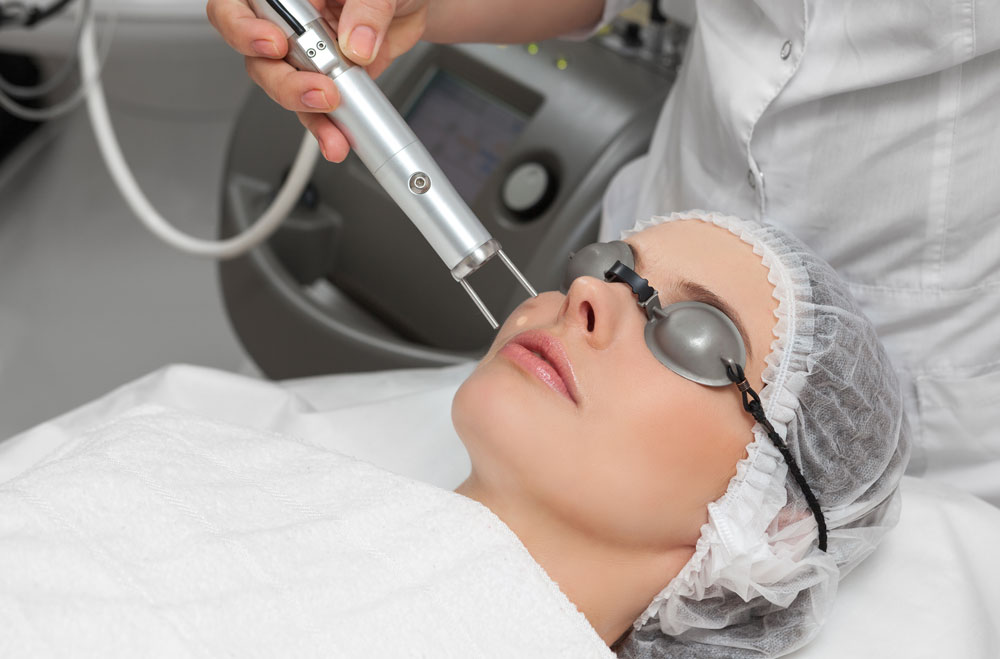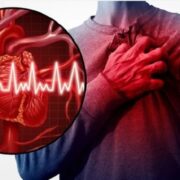A guideline for the management of erectile dysfunction is necessary to determine the cause and course of treatment. The guideline emphasizes the shared decision-making process between patient and clinician. Clinicians should ensure that both parties understand the risks and benefits of treatment before recommending one option over another. In addressing ED, clinicians should also consider a patient’s social and emotional status. For example, men with ED may choose to avoid sexual intimacy because of personal or social consequences.
To determine the cause of ED, medical experts use various tests and questionnaires. They may prescribe medications or recommend non-surgical treatment options. Sometimes, specialized testing may be necessary. In some cases, lifestyle changes may be necessary, such as quitting smoking. Other ED treatments may involve prescription drugs, herbal supplements, and illegal drugs. The most important aspect of treatment is identifying the underlying cause. The doctor may recommend a medication, biofeedback, or a combination of these, or may refer a patient to a psychologist. Each type of treatment has its own pros and cons.
There are many neurological causes of ED. Diabetes, alcoholism, multiple sclerosis, and pelvic surgery are all serious medical conditions that can lead to erectile dysfunction. Other ED causes include heavy metal poisoning, aneurysms, and pelvic surgery. Also, prescription medications for blood pressure and antidepressants can cause erectile dysfunction. Your doctor will determine which treatment options are best for you and your medical condition.
Men experience ED more often as they age, but some remain sexually active into their 80’s. In addition, ED is a warning sign of an underlying medical problem. It can be the first sign of a serious medical problem such as a heart attack or a progressive form of coronary disease. As a result, it’s essential to discuss erectile function with your physician. The goal of treatment is to restore your sexual function and improve your overall health.
Although the principles of treatment for ED are similar in every man, each case is unique. In addition to restoring sexual function, treatment must also improve a man’s physical health and optimize his quality of life (QoL) and the health of his partner. Every man with ED presents with his own set of symptoms and medical issues. Navigating these issues is essential to finding a treatment that is appropriate for each individual man.
The vasodil-based therapy is an injection therapy that has been proven effective for erectile dysfunction. It works by inserting a thin cylinder over the penis. The cylinder’s vacuum helps draw blood into the penis, causing a resulting erection. This can last as long as 30 minutes. However, some patients may not tolerate this therapy. While this treatment is highly effective, there are several risks and complications of vasoconstrictor therapy.
While it is common for men to experience occasional erectile dysfunction, persistent and severe ED is usually the result of a physical illness. In such cases, the physician should examine you to see whether there is underlying medical issues that may be affecting your sexual health. Your doctor should also check your blood for other diseases that could cause the problem. He will prescribe appropriate medication based on the results of these tests. For the best results, consult a physician and discuss the options available to you.
ED (erectile dysfunction) is a medical condition characterized by abnormalities in the penile arteries and veins. This is the most common cause of erectile dysfunction in men over forty. It is often caused by arteriosclerosis and trauma to the penile arteries. Symptoms of organic ED include pain and impotence in the erection site. Certain controllable risk factors include high cholesterol, obesity, and cigarette smoking.
Treatment for ED varies in its causes. Vacuum constriction devices are a relatively safe alternative therapy. Surgical procedures for ED include penile prosthesis. However, these procedures are not widely accepted as a treatment for ED. The American Psychiatric Association and the Boston Male Aging Study recommend that these procedures be used selectively and only when deemed necessary. While this may seem like a drastic measure, the Panel recommends that patients understand the risks and benefits of the treatments before they undergo them.
ED often begins when a man is in his late thirties. If diagnosed early enough, it may also be a sign of underlying health conditions. Many men turn to devices including penis pumps to resolve their ED symptoms, but this may not always be effective. Smoking and certain diseases can reduce the flow of blood into the penis. Trauma to the pelvic area can also damage nerves leading to the penis. It’s important to seek medical attention for erectile dysfunction as soon as you notice any symptoms. It can have a profound effect on a man’s quality of life.
Aside from side effects of injection therapy, there are other options available for addressing ED. Vacuum constriction therapy is a safe and effective treatment for erectile dysfunction in men with most common causes. However, it is not suitable for men with severe cardiovascular conditions, and the side effects of the procedure can be dangerous. The risk of a failed erection and priapism are major disadvantages.
To cure ED, a medical specialist can prescribe pills. Lifestyle changes such as exercise, losing weight, and quitting smoking can help. If these efforts are not enough, specialized testing may be needed. Erectile Dysfunction is usually caused by a physical cause, but sometimes an emotional cause can also play a role. A man with depression or anxiety should not ignore the symptoms of ED. A medical professional can recommend a suitable treatment option for him based on his symptoms.
An anthropological study of 250 Mexican men found that men did not view erectile dysfunction as biological pathology. Instead, they perceived it as a socially acceptable part of aging. In addition, these men had begun to pursue sex outside of their marriage and used the decreasing erectile function to combat infidelity. They regarded the declining erectile function as a way to gain respect and social status.
There are numerous risk factors for ED, including diabetes mellitus, increasing age, and dyslipidemia. Certain psychotropic medications can cause erectile dysfunction. A proper evaluation should include a thorough history, physical examination, and diagnosis. Because the condition is often caused by a broader range of factors, an optimal treatment should include behavioral modification, nutritional counseling, and the optimization of erectile dysfunction drugs.













Comments